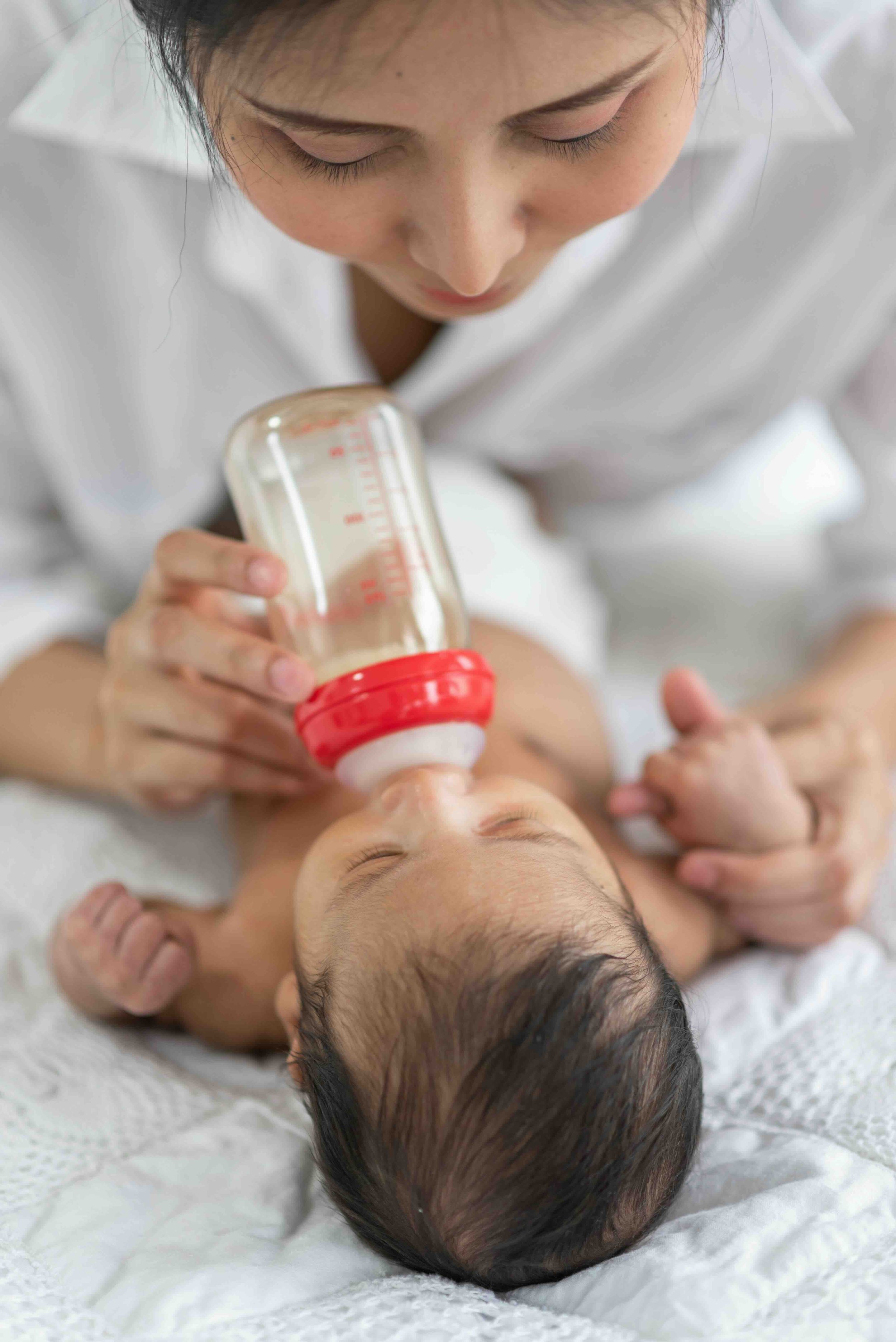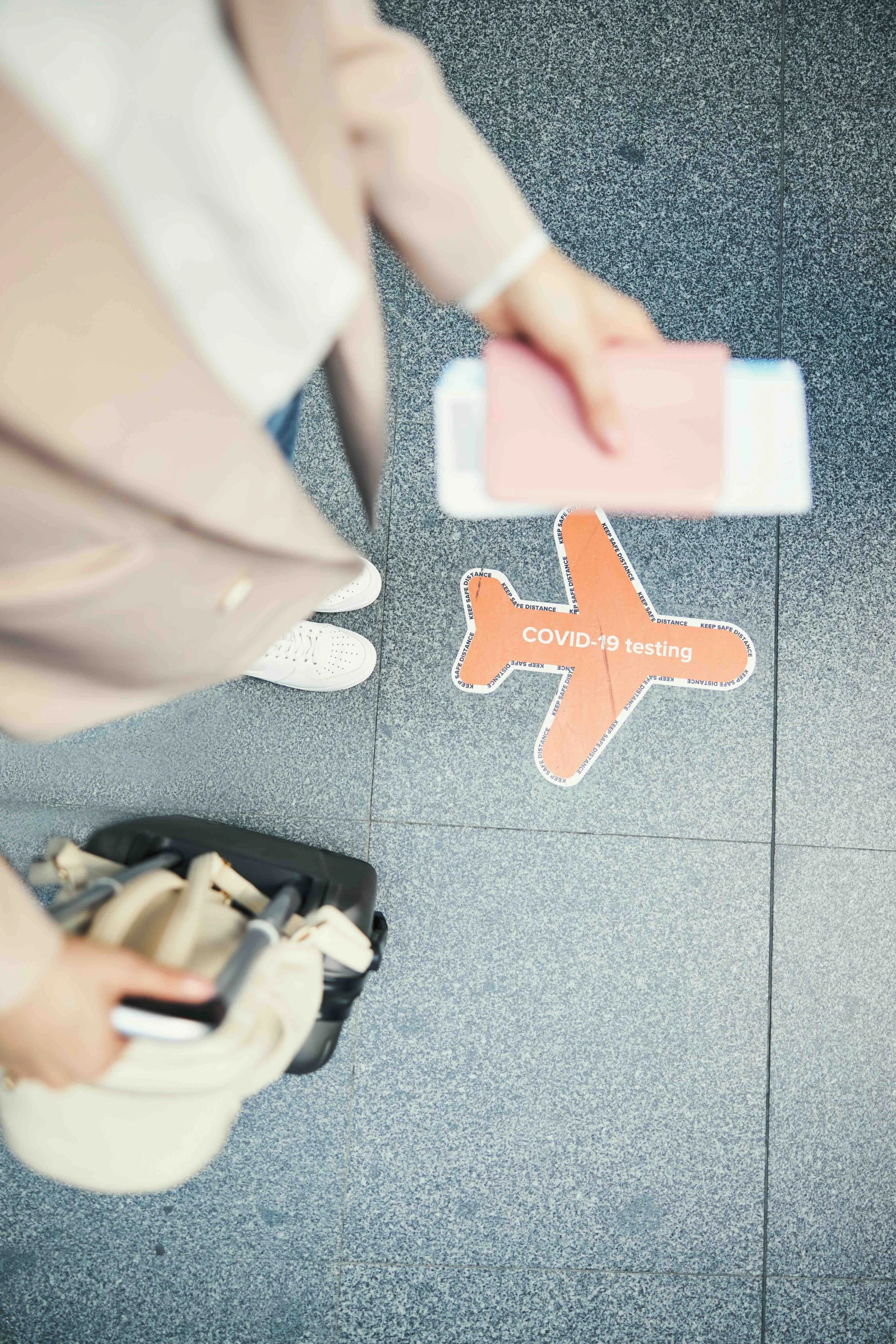Research Journeys & Select Case Studies
Tiny Patients, Big Learnings: NICU Nurse Research Across Four Countries
A 20 billion dollar baby, feminine, and family care brand needed a clear path to better understand the unique challenges NICU nurses face when caring for the tiniest patients. The goal? To create diapering solutions and resources that fit seamlessly into their essential work.
Back to Our Roots. Early Innovation in QSR: Equipment for Seattle’s Iconic Coffee
In recent years, the world’s largest coffeehouse faced criticism for straying from its cozy coffeehouse roots. Customers had reported uncomfortable seating, a transactional atmosphere, and a diminished sense of community, leading to a decline in the warm, welcoming spaces where memories are brewed.
In Their Own Words: Tracking Shifts in Consumer and Employee Needs During COVID-19
During the COVID pandemic, a global brand needed real-time insights to inform senior leaders on how employees and consumers were navigating the crisis. The big question? How are our people handling this moment, and what are their changing needs?
Tiny Patients, Big Learnings: NICU Nurse Research Across Four Countries
Recruit
48 NICU nurses (12 from each country)
Pain Point
A 20 billion dollar baby, feminine, and family care brand needed a clear path to better understand the unique challenges NICU nurses face when caring for the tiniest patients. The goal? To create diapering solutions and resources that fit seamlessly into their essential work.
Research Plan
We brought together NICU nurses from France, Japan, United States, and Germany into a collaborative online space. Over six weeks, they shared their experiences, needs, and feedback in a moderated community, participating in journal entries, surveys, and discussions. My goal was to build genuine empathy and gather first-hand insights into how these dedicated professionals adapt standard diaper products to care for their most vulnerable patients and what resources might best support them.
Methodology
For six weeks, I facilitated this global community, listening intently as nurses shared their stories and evaluated product ideas. We kept the conversation open and authentic—mirroring the empathy that guides everything I do.
Learnings
Making It Work: Nurses revealed that they often modified standard diapers for premature infants, emphasizing the need for smaller, specialized sizes, and unique features.
Resource Needs: Many wished for better training tools that aligned with their high standards of care.
Cultural Insights: We discovered that care practices varied significantly across regions, highlighting the importance of culturally tailored product & resource design.
On A Personal Note:
“Sitting side by side with these incredible nurses was humbling and enlightening. Every insight was a testament to them and the tiny lives they care for.”
Back to Our Roots. Early Innovation in QSR: Equipment for Seattle’s Iconic Coffee
Recruit
Customer intercepts and employee interviews across reporting levels to develop a holistic understanding of brand perception and operational effectiveness.
Pain Point
In recent years, the world’s largest coffeehouse faced criticism for straying from its cozy roots. Employees struggled to deliver on product innovation and demand in an environment designed for simpler times. Customers had reported a transactional atmosphere and a diminished sense of connection, leading to a decline in the warm, welcoming spaces where memories are brewed.
Research Plan
I joined the cross-functional team as together, we iterated through rapid learning, feasibility, scalability, and market testing. At each phase, I uncovered and shared perspectives from both employees and customers to support this innovation process.
Methodology
In-Store Observations: Immersing ourselves in daily store operations to observe interactions, workflows, and customer behaviors.
In-Depth Interviews: Conducting one-on-one conversations with baristas, supervisors, store managers, and customers to delve into their experiences, challenges, perceptions, and aspirations.
Learnings
Both customers and employees expressed a longing for the sights, sounds, smells, and connection reminiscent of the iconic 90’s era balanced with the convenience they’ve come to rely on.
Innovation that drives efficiency is appreciated as long as it doesn’t take away from the feeling of craft and connection.
On A Personal Note:
“In every sip and conversation, we navigated complexities in equipment and service, and the balance of connection and convenience. I saw firsthand the brand & barista’s desire to rekindle their 90’s era ambiance that made Seattle’s icon feel like a second home.”
For the Long Haul: Tracking Shifts in Consumer and Employee Attitudes & Beliefs During COVID-19
Recruit
Engaging weekly with 35+ employees (for 3 months) and 70+ consumers nationwide (for 2 years).
Pain Point
During the COVID pandemic, a global brand needed real-time insights to inform senior leaders on how employees and consumers were navigating the crisis. The big question? How are people handling this moment, and what are their changing needs?
Research Plan
When the Covid-19 pandemic began, I lead a research team in the design and execution of a weekly journaling activity designed to keep a pulse on mindsets and changing attitudes. As the pandemic wore on, I brought the work in-house and layered in syndicated tracking data to provide scale to what we were hearing from consumers weekly. The goal was to provide crucial perspective on the collective mindset to inform enterprise-level strategies in a rapidly shifting environment.
Methodology
Months 1-3: Weekly employee and consumer journaling to keep a pulse on mindset and compensating behaviors.
Months 3-6: Weekly journaling continued for consumers only.
Months 6-12: Moved journaling in-house.
Months 12-24: Addition of syndicated tracking data
Learnings
Reclaiming Control: Consumers and employees navigated this new normal with a day-by-day mindset, prioritizing control over manageable aspects like time with family and personal wellness.
Lost Rituals: Missing milestones like graduations and weddings left lasting emotional impacts, underscoring the importance of empathy in brand interactions.
Increased Self-Soothing Behaviors: Consumers indulged in nostalgia and comforting purchases as a way to cope, a trend we shared with marketing and product teams.
On A Personal Note:






